"Safety first!"
It's a phrase we often use and with genuine sincerity, but it's taken much more seriously and literally when your workplace is considered a hazardous environment. We're not talking about a puddle that no one mopped up, but workplaces like gas plants and refineries. It's impossible to eliminate all of the hazards in these environments, but you can attempt to make them safer.
What is Considered Hazardous?
The first step is recognition and understanding which parts of the business are hazardous. There are many environments or circumstances that could be deemed hazardous, but we'll turn to a professional association for the official definition. According to the National Electrical Code, a hazardous location is defined as an area "where fire or explosion hazards may exist due to flammable gases or vapors, flammable liquids, combustible dust, or ignitable fibers or flyings."
Common hazardous locations include, but are not limited to:
- Utility and gas plants
- Petroleum refineries
- Gasoline storage and dispensing areas
- Spray finishing areas
- Any operations involving the handling of liquefied petroleum gas or natural gas
Some hazards are unavoidable, so when you need help repairing a machine or installing a product in a hazardous part of your factory or workplace, call in a team with experience in this department. With 40 years of experience, our team of industrial electrical contractors has an advanced understanding of electrical systems, safety hazards, and electrical standards and codes.
We will take all of the necessary precautions to prevent accidents such as explosions and fires so you can have peace of mind when your employees are working. For more information about how our team of industrial electrical contractors can help, visit our website or call us at (323) 215-1273.



.2012111532550.png)